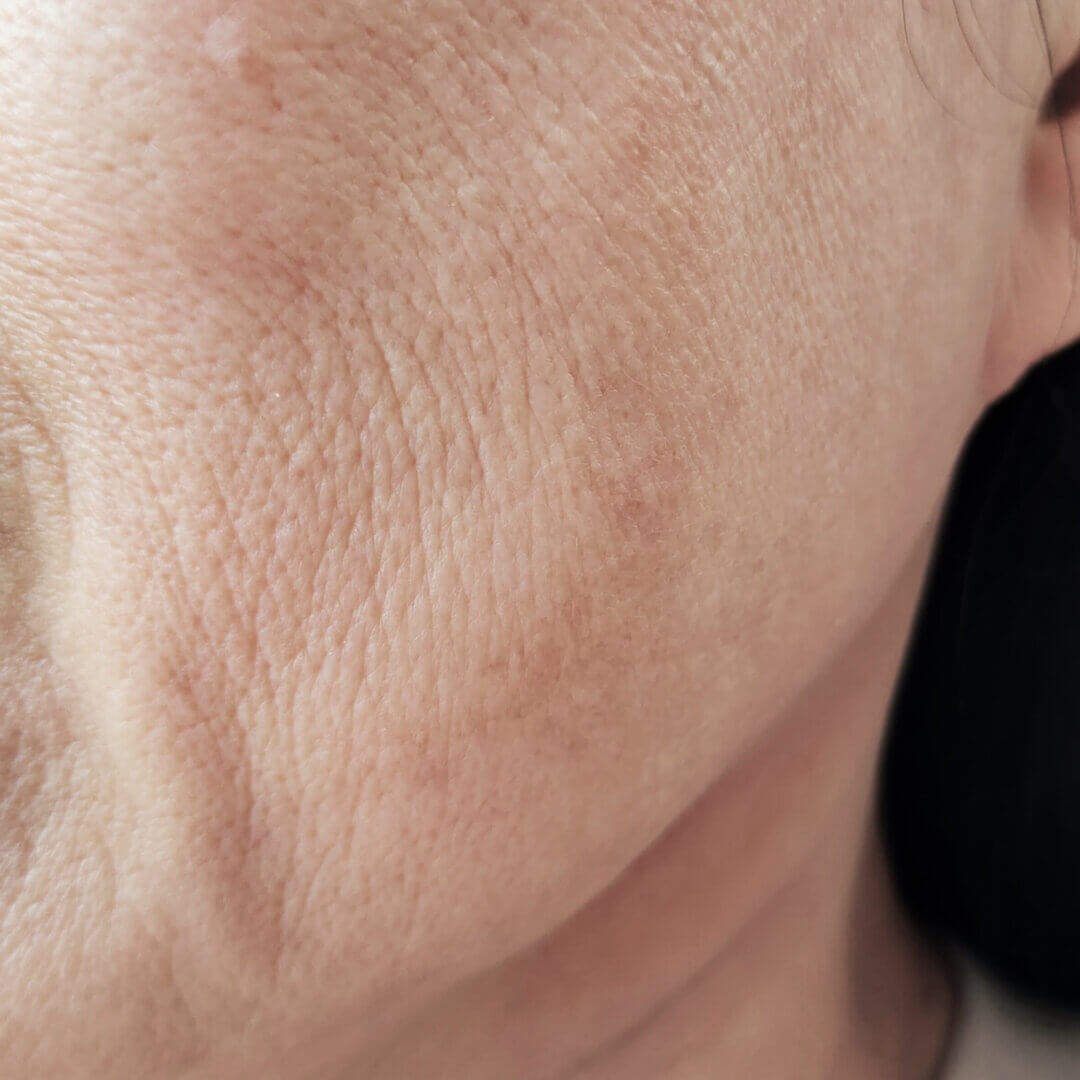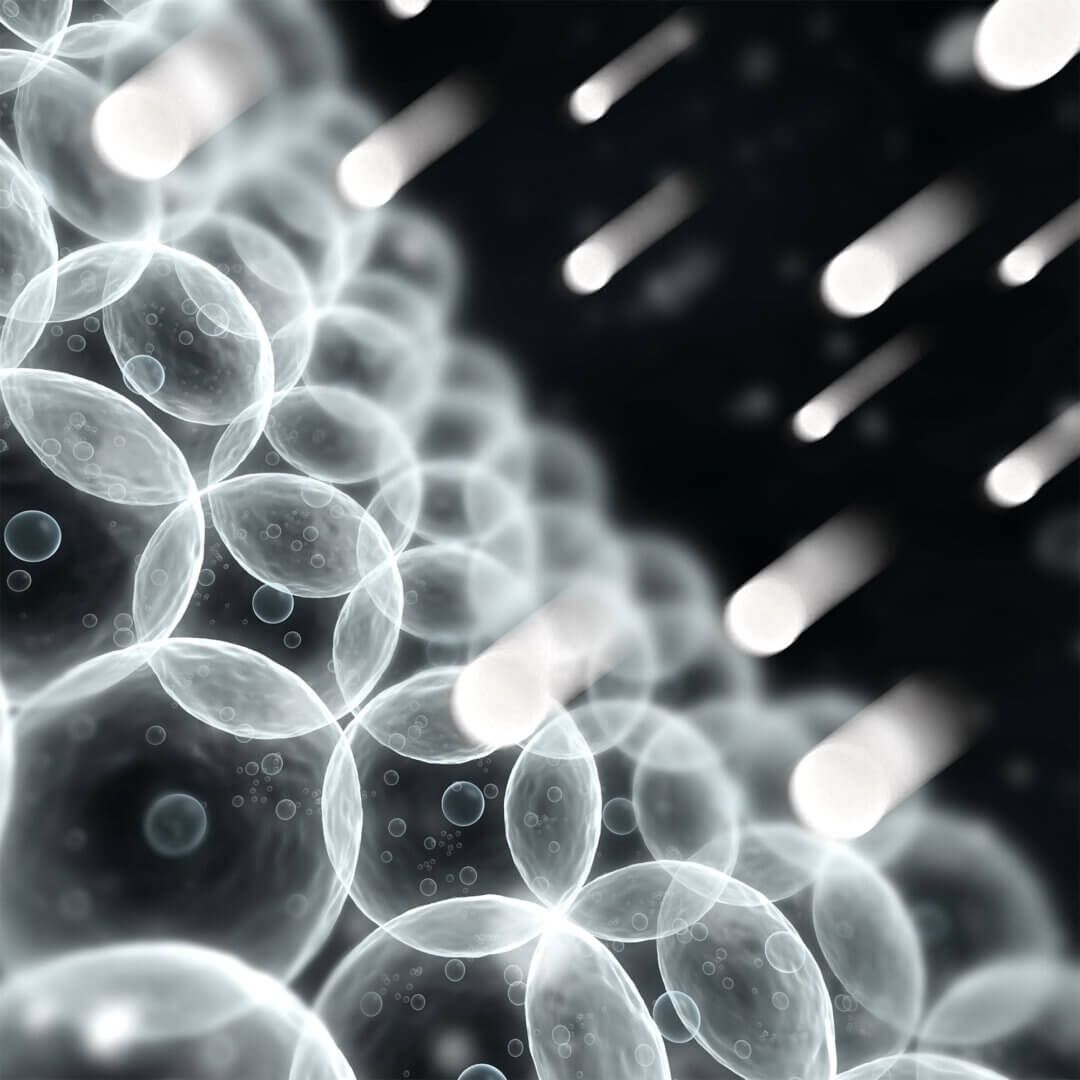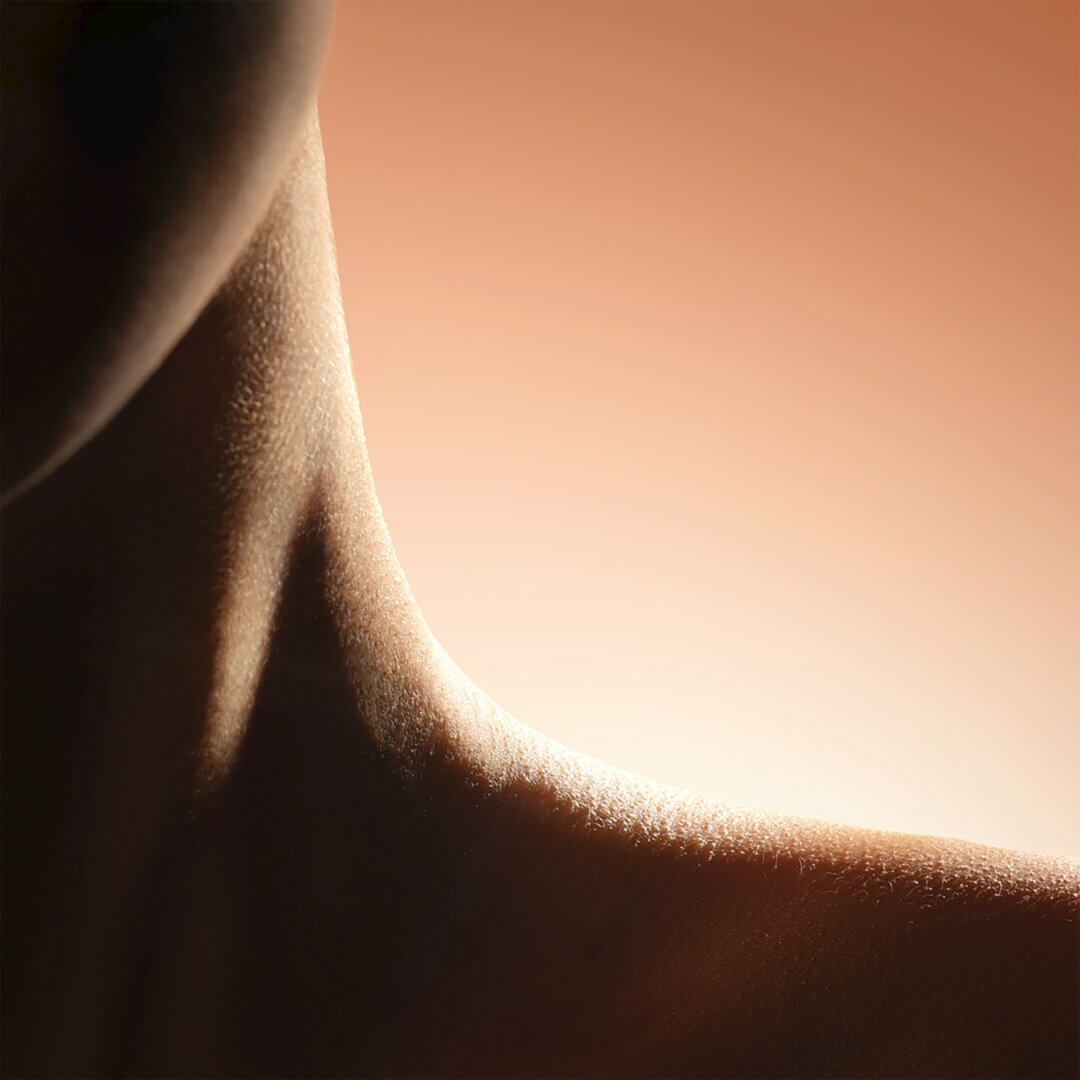
Oxidative stress: the skin's nemesis
October 22, 2024 - Tutorials and advice
Oxidative stress is a widespread term in cosmetics, as it represents detrimental effects on the skin.
In this article, we’re going to take you through its whys and wherefores. You’ll find out where it comes from and how it works. You’ll also see that it isn’t necessarily bad, as long as it’s kept under control. We’ll also be taking a look at the external factors that can aggravate oxidative stress and the molecules that can combat it.
What is oxidative stress ? Here's a quick overview of the essentials.
- Oxidative stress is inextricably linked to the oxygen we breath. It can’t be avoided.
- It generates molecules called reactive oxygen species, better known as free radicals.
- Freeradicals can be beneficial to us. But in excess, they’re harmful and cause premature aging of the skin.
- The body is quite capable of neutralizing free radicals but it sometimes overwhelmed.
- UV radiation, stress, pollution and smoking all stimulate the production of free radicals, while antioxidants act to neutralize them.
Oxidative stress starts with oxygen and respiration.
Oxygen is a chemical element that is vital to virtually every living thing on the planet — humans, animals, plants, and even bacteria. It is generally associated with respiration, which is a series of biological reactions that enable the body to produce the energy it needs to function.
In humans, pulmonary ventilation (breathing) is only the visible part of this process. Most of the process of energy production takes place within cells, in microscopic organelles called mitochondria. This is called “cellular respiration.” This is the process of converting the chemical energy found in the carbohydrates, fats, and proteins provided by the food we eat. This energy is then used by the cell to keep it running.
Cellular respiration evolved as a process almost 2 billion years ago, when the Earth’s atmosphere became oxygen rich. Aerobic organisms (those requiring oxygen to live) evolved in response to these new atmospheric conditions. They learned not only to consume and use oxygen but also to eliminate the by-products resulting from its use, which is a crucial part of dealing with oxidative stress.
These by-products, called Reactive Oxygen Species (ROS), are what we’re going to talk about now.
So, what are reactive oxygen species ?
ROS, better known as free radicals, were discovered in 1954 by the American academic Denham Harman, the researcher behind the Free Radical Theory of Aging.
As mentioned above, they are by-products of cellular respiration. These extremely unstable chemical species are often toxic to cells. In order to stabilize themselves, they break down other cell constituents, which in turn causes these to become destabilized. Free radicals oxidize proteins, cell membranes, DNA, and more, causing the deterioration of the cell.
But it should be noted that free radicals aren’t inherently bad things. In much the same way as inflammation is necessary for the healing process or muscular regeneration after exercise, free radicals play an essential role in cell communication and the body’s overall state of balance.
In reality, it all depends on the number of free radicals produced by the body.

Oxidative stress: when the body is overwhelmed by excess free radicals.
As breathing is essential to life, the production of free radicals is unavoidable. Thankfully, the body has its own way of neutralizing them. It produces antioxidants that fight the oxidation of cell constituents.
When free radicals are produced in manageable quantities, their levels within the cell remain stable. Their production and elimination by antioxidants in the body are in balance.
But it’s a delicate balance that can be thrown off either by an excess of free radicals or by insufficient production of antioxidants. We call this imbalance oxidative stress.
The latter is sometimes only temporary. The body adapts by learning to produce extra antioxidants itself. This is both an interesting and valuable process, as it helps to fortify the body against future imbalances or external aggressors.
However, when oxidative stress persists, either because of a prolonged surge in quantities of free radicals or because of an inadequate antioxidant response, considerable harm can be caused, such as accelerated cellular aging.
The causes of oxidative stress and its effects on skin aging
Oxidative stress is one of the primary causes of skin aging. Not only do we produce more free radicals as we age, but our skin’s ability to regenerate and protect itself with antioxidants also declines.
Additionally, the various external factors that combine to form the exposome can exacerbate the effects of oxidative stress.
The sun and UV radiation.
Free radicals have been observed on the skin within the 15 minutes following exposure to UV radiation, with ROS quantities increasing for up to 60 minutes after exposure. When skin is exposed to too much and/or for too long, free radicals further degrade collagen and elastin, the proteins that make the skin supple and firm, thereby accelerating skin aging.

Pollution.
Air pollution can significantly increase oxidation of the skin’s surface. Airborne pollutants react with UV radiation to form ozone, which is well-known to city dwellers as the gas responsible for summer and heatwave pollution warnings.
Although ozone cannot cross the skin barrier, it does cause oxidative stress by damaging the lipids present in the outermost layers of the skin.
Stress and smoking.
Chronic psychological stress has also been found to induce oxidative stress in the skin, while smoking reduces the natural production of antioxidants and the effectiveness of those provided by our diets (vitamin C in particular).
This means that oxidative stress and free radicals are responsible for wrinkles, uneven skin texture, a dull complexion, and pigmentary abnormalities. To combat these unwelcome symptoms, aesthetic doctors recommend including antioxidants in skincare routines at the earliest possible opportunity.
If you would like to know more about vitamins C and E, or niacinamide, our experts here at FILORGA have written an article just for our customers that goes into the details of the beneficial effects of antioxidants.
Still have questions? See our FAQ!
Why test for oxidative stress?
A medically supervised blood test can be a good way to detect, confirm, or rule out the occurrence of oxidative stress. A number of markers have long been known to indicate acute or chronic stress. The blood test will primarily focus on trace elements such as zinc, copper, or selenium, antioxidants such as glutathione, and their related enzymes such as glutathione peroxidase.
Also, it’s worth noting that zinc and copper act as cofactors for essential enzymes (called superoxide dismutases) that promote the proper functioning of the mitochondrial respiratory chain mentioned at the beginning of the article. An ideal balance is achieved when copper and zinc are found in equivalent amounts in the body, while an imbalance between these two trace elements favoring copper will provide an ideal environment for the development of oxidative stress. This is why we must be careful with our copper intake, which can sometimes be excessive when taking dietary supplements without paying close attention to their composition.
How do we get antioxidants from our diet?
Antioxidants (as well as polyphenols) in food play a crucial role in ensuring oxidative balance. Some of the most effective are:
- Vitamin C. Found in large quantities in citrus fruits and kiwis, and in smaller quantities in leafy greens.
- Vitamin E. Found abundantly in nuts and nut-based products (oils, spreads, etc.), as well as avocados and seeds.
- Beta-carotene. This pigment gives many vegetables, such as carrots and pumpkins, their distinctive bright red-orange color.
- Zinc (which was just mentioned above). Found readily in meat, fish, pulses, and yogurt.
- Selenium. Particularly abundant in Brazil nuts.
- Resveratrol. Found in grapes, peanuts, or blackberries.
So, people with poorly balanced diets can greatly benefit from including as many of the foods mentioned above as possible (according to their tastes and what’s available to them), which, in addition to being rich in antioxidants, also have high nutritional value.
Which active ingredients are used by Laboratoires FILORGA to help combat oxidative stress and excess free radicals?
The antioxidant active ingredients or antioxidant precursors we use depend on the formula. They include:
- Vitamins B3 (niacinamide), E, and C.
- The natural pigment astaxanthin.
- Ergothioneine.
- Botanical extracts rich in polyphenols.
- Goji berry and edelweiss extracts.
- Tetrapeptides.
Superoxide dismutase enzymes (SODs).
Source: Migdal C, Serres M. Espèces réactives de l’oxygène et stress oxydant [Reactive oxygen species and oxidative stress]. Med Sci (Paris). 2011 Apr;27(4):405-12. French. doi: 10.1051/medsci/2011274017. Epub 2011 Apr 28. PMID: 21524406.